SOUL'D: Exploring the Commodification and Appropriation of Black Cool
Hip-hop, basketball, and street fashion formed the three pillars of cool for Oscar Pipson when he was a child. Common to all these phenomena was the ultimate commodified object of cool—the sneaker. And he loved sneakers. So, it is of no surprise that Oscar’s earliest memory of being or looking cool was attributed to a pair of Nike Air Jordan XI. This childhood photo of him—with the Nike Swoosh shaved and dyed into the back of his head—can attest to that.
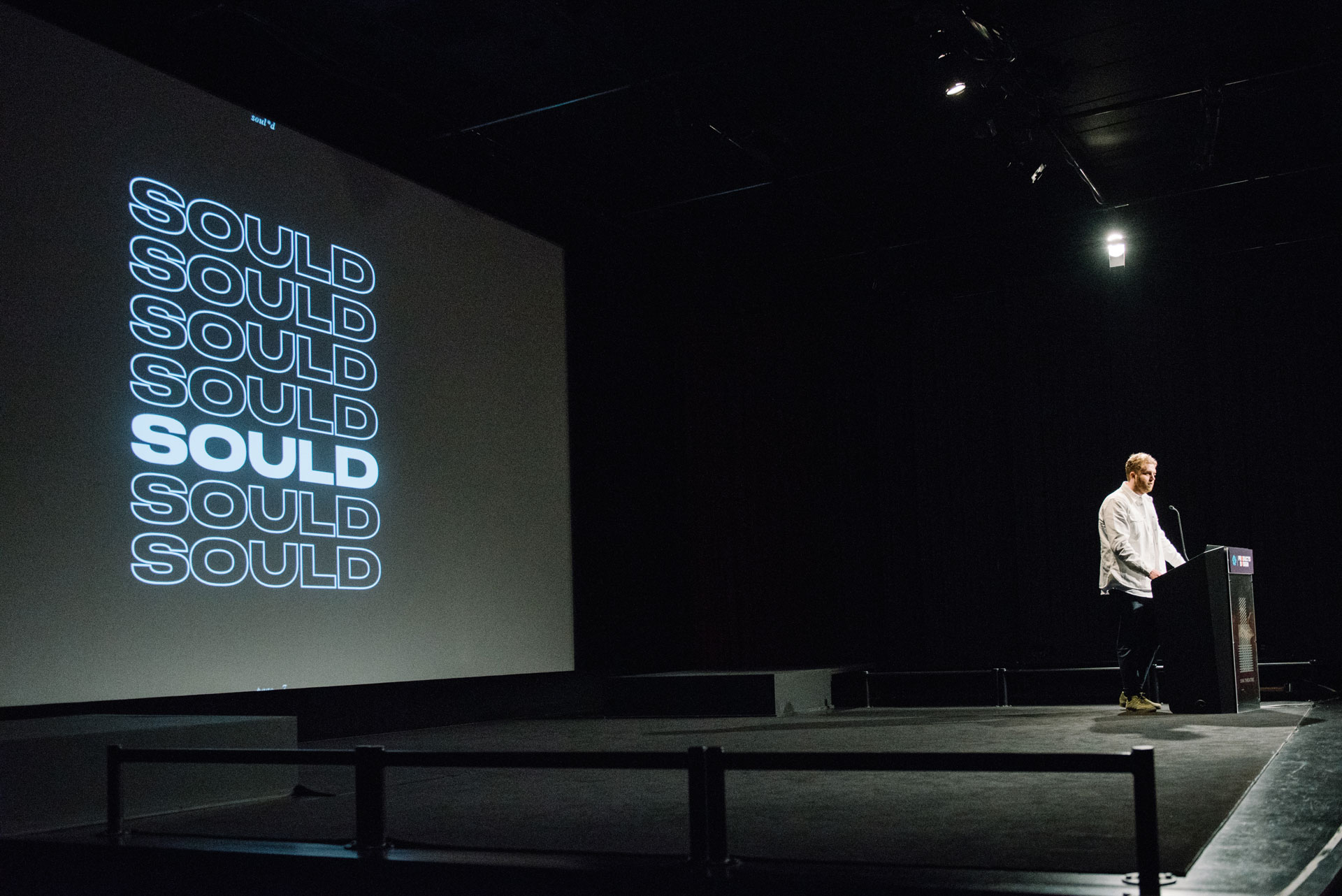

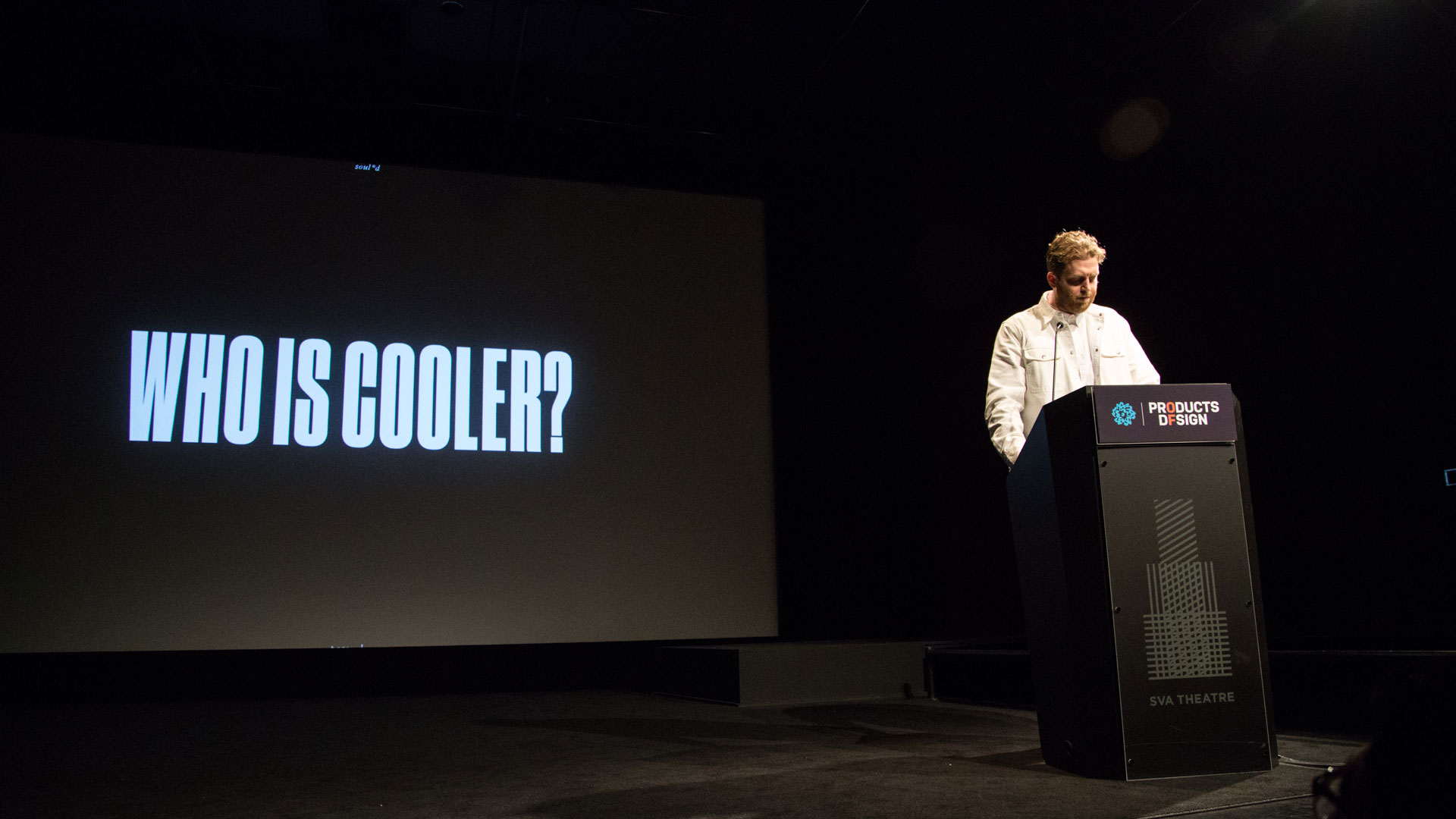
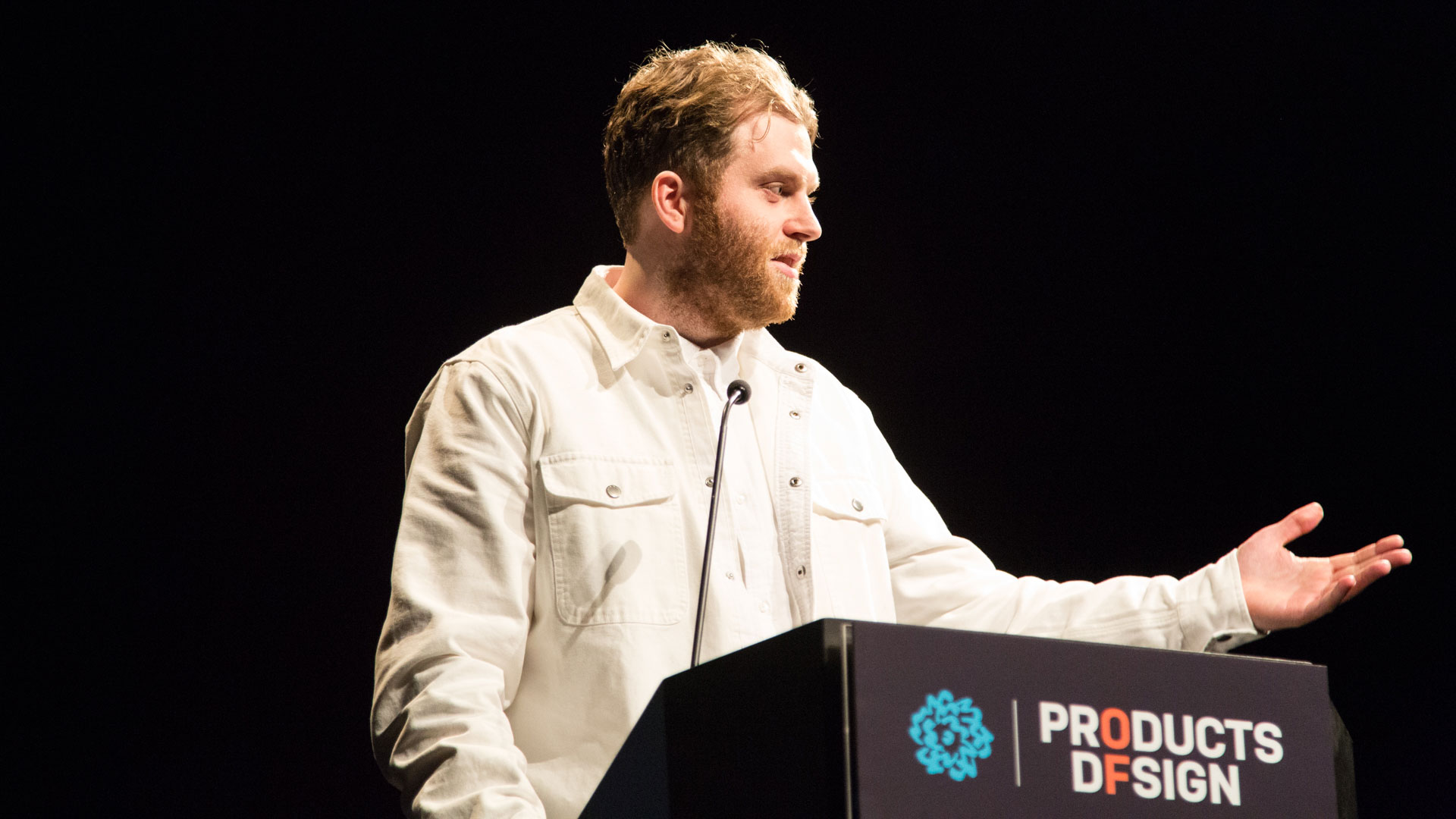


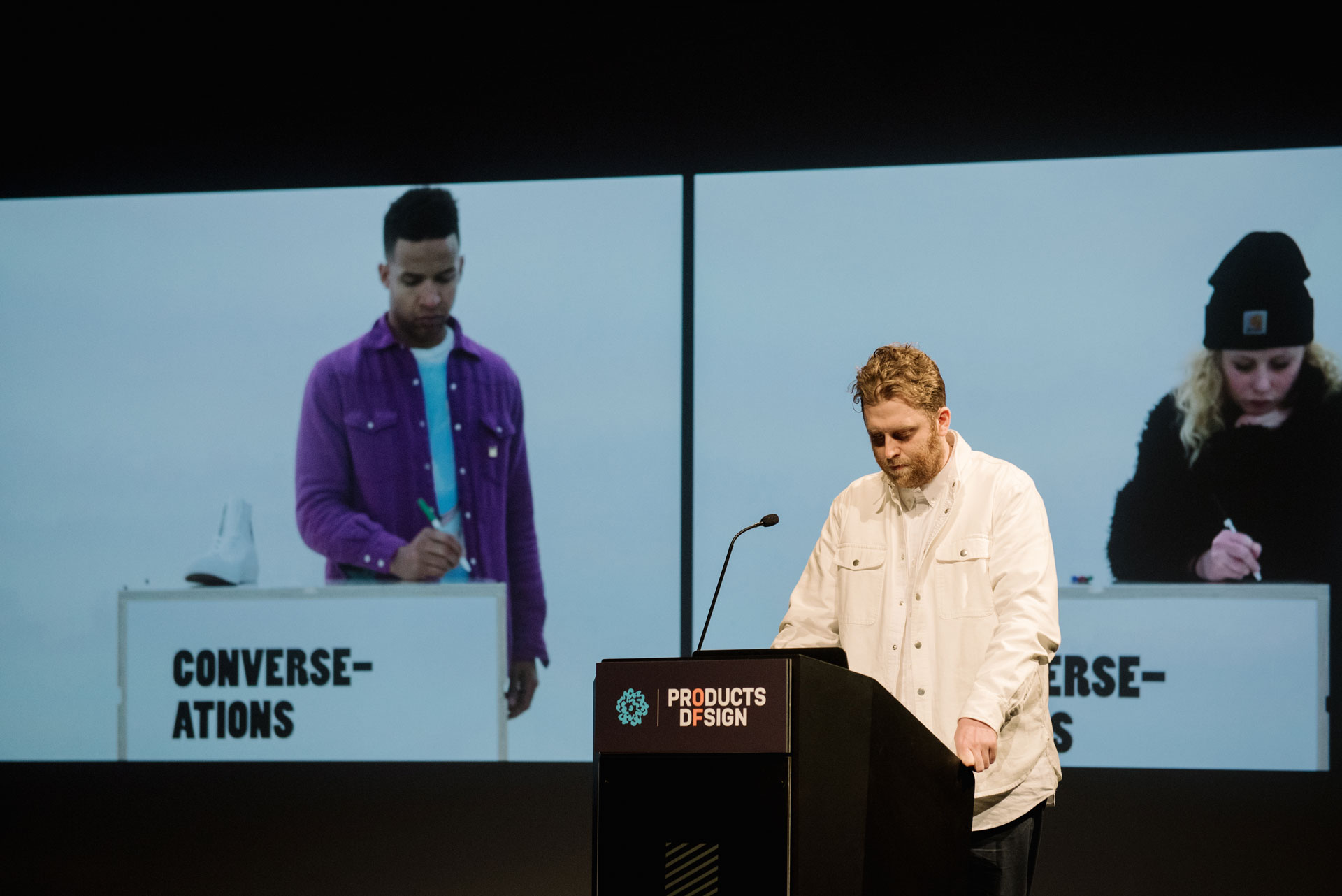
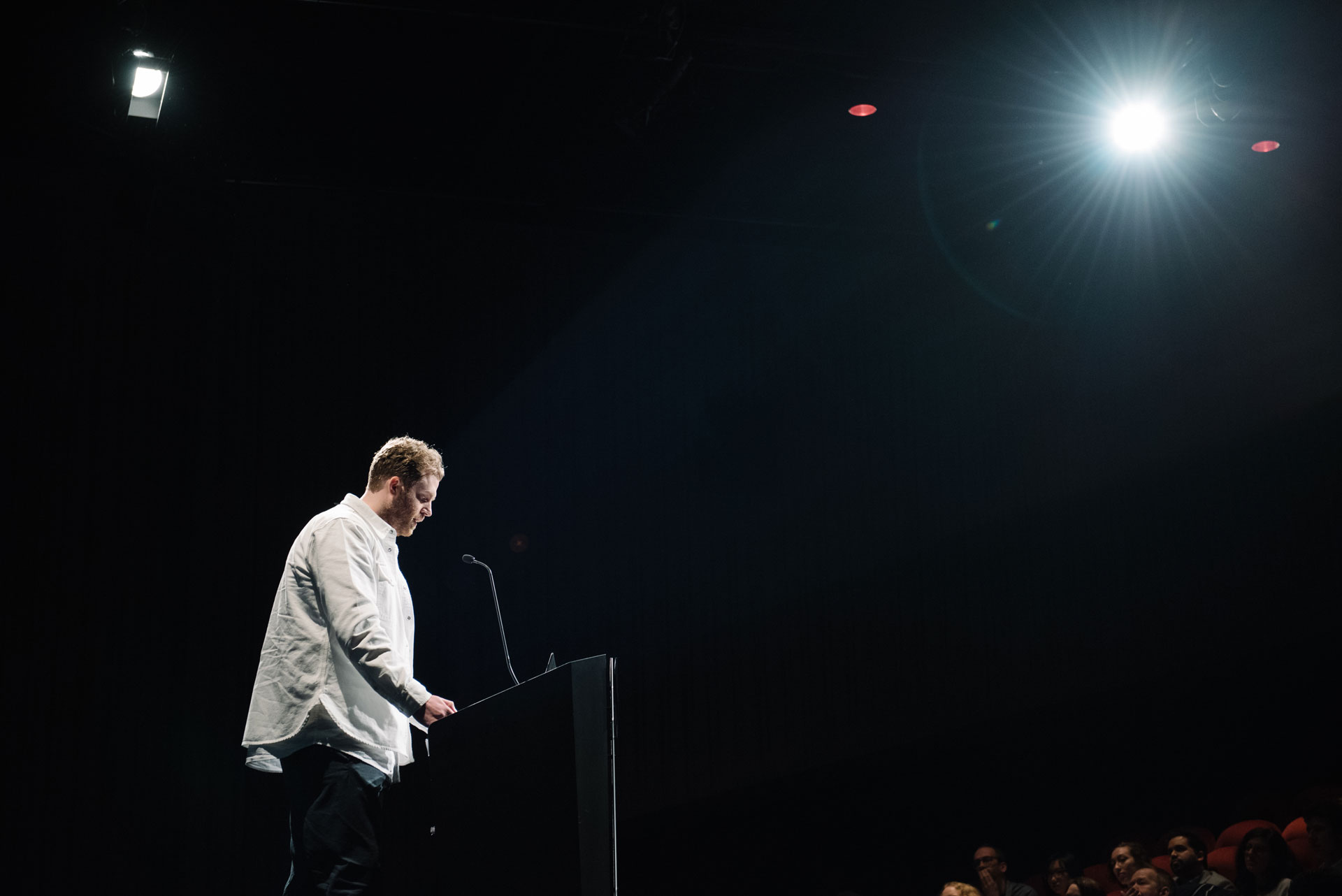
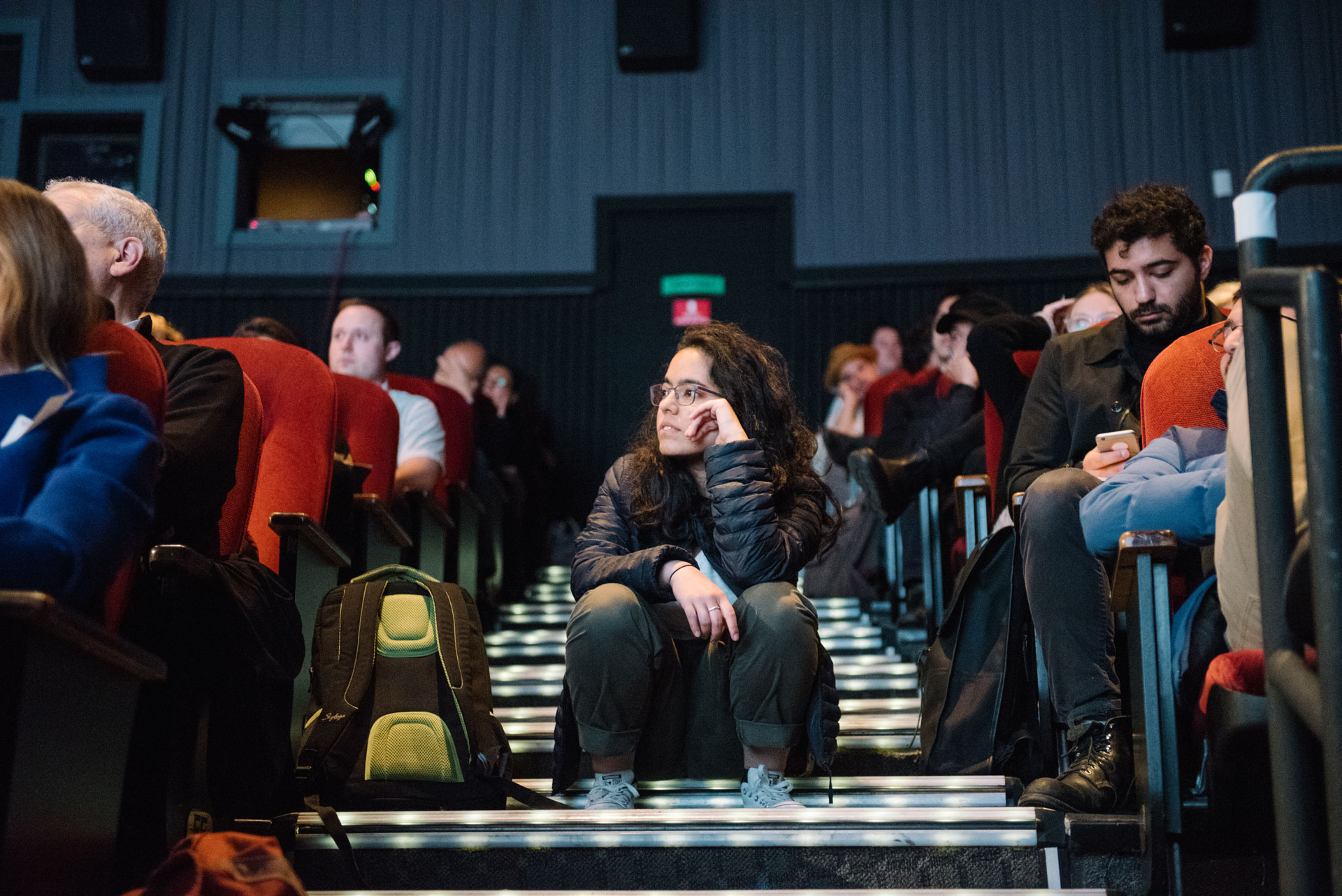

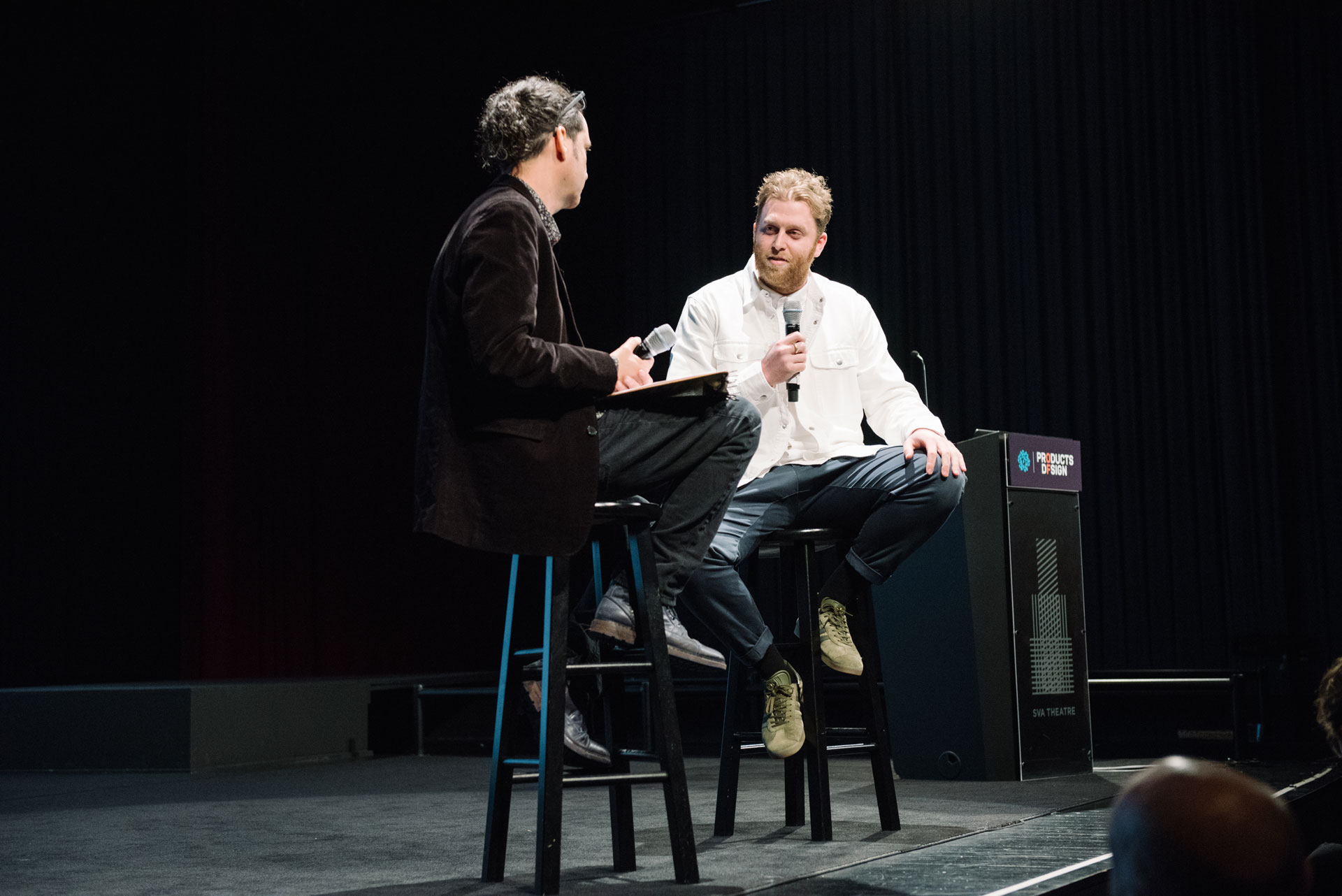

Placing himself in this discussion required some diplomacy, empathy and understanding. Oscar is neither American nor black.
Oscar’s thesis starts and ends as a personal journey of learning. Looking cool, thinking you’re cool or hoping you’re actually cool are not new constructs. By asking what cool is, as opposed to what is cool, his research challenged a number of popular preconceptions, biases and appropriations.
From a very young age, cool as a socially-defining paradigm has fascinated Oscar. But what had seemed to be fairly generic constructs and understandings of the word 'cool' were very quickly thwarted by writer, feminist and activist Rebecca Walker. In her book, Black Cool: One Thousand Streams of Blackness, Walker argues that “from Air Jordan’s to gold teeth and huge diamonds, this generation thinks that Black Cool is something to buy, put on, acquire. They don’t understand that it’s something they possess internally.” These words contributed significantly to the realignment of Oscar’s mindset by revealing a direct synergy between the ideologies inherently embedded in Black culture and the establishment of the modern concept of cool. In response to Walker’s assertions, the construction of Black cool in the United States became a central focus of Oscar’s thesis, Soul’d, in which he explores the commodification and appropriation of cool.
Placing himself in this discussion required some diplomacy, empathy and understanding. Oscar is neither American nor black. He is a New Zealander, a kiwi, a Pakeha—translated from Māori to mean “white man.” His caution is evident throughout this work. However, he remains committed to the belief that the design industry is in need, and ready, to have this conversation, irrespective of how awkward it may at times be.
“The marketing of sportswear remains the paradigm case of how an entire realm of action and experience can be transformed by commerce riding on the back of Cool.”
As a child, Oscar believed that if the shoes were cool, then owning them would make him cool too. Works like Dick Pountain and David Robbins’ Cool Rules make it clear this belief was not just a child’s naivety. It was no accident that Oscar thought this; Pountain and Robbins noted, “Indeed the marketing of sportswear remains the paradigm case of how an entire realm of action and experience can be transformed by commerce riding on the back of Cool.” Oscar reflects, “For me, it is a re-establishment, a re-working of my own negotiation skills towards that which is not mine, and a recognition of the depth and meaning embedded within cultural visual narratives. And a growing appreciation for Walker’s 'soulful compass.'”
There are a number of important works that offer critical insight into the historic context and the influence Black culture has had on the American aesthetic agency. Numerous authors who speak to the discrimination, disrespect and prejudice of this historical trajectory inspired and informed Oscar’s work. Importantly, given this topic focuses on the Black experience in America, Oscar remained mindful of the need to navigate and not inhabit this particular space, and that others had a voice here too.
More comprehensive histories informed by authors, advocates and activists, like Robert Thompson’s The Aesthetic of the Cool can also be accessed. Thompson, a pioneer of Afro-Atlantic art history, traced the origins of the modern concept of cool back to the Yoruba Tribe of West Africa, noting that cool travelled with African slaves to Latin America, the Caribbean and the Southern USA. Thompson argued that cool survived and transformed itself amongst the slaves in the America, and explained that the Yoruba embraced Itutu—a religious philosophy that valued composure or coolness. Itutu can, according to Thompson’s writings, be directly translated to mean of cool. Thompson further asserted that “cool is the overarching value that binds the concepts of Itutu together.”
Informed by both historical and contemporary contexts, as well as the recognition of the duplicity in the relationship between the trading of Black cool and Black culture, Oscar highlights that the commodification of black cool has had three significant effects on black culture.
It has reduced Black history and lifestyle down to an aesthetic
It has stripped cultural artifacts of their context
It has systematically reinforced negative stereotypes of Black culture
To elucidate the disparity and the effects of commodification, Oscar uses the quintessentially cool iconology of the sneaker to illustrate Black cool through four lenses:
The Archives: A digital platform that promotes an appreciation for cultural histories and contexts
Step: A service that acknowledges and enables Black culture as a part the design narrative
Converse—ations: A designed experience that encourages engagement in current and speculative cultural contexts
Parse: A product that establishes a more respectful and accurate use of cool as a cultural soulfulness in a designed object.
The Archives offers an opportunity to connect consumers to product history, product inspiration, and most importantly, the cultural roots embedded in the products.
The Archives
In all cultures, storytelling has enabled history to stay alive. Modern technology offers the user further abilities to engage with and delve into history. The Archives offers an opportunity to connect consumers to product history, product inspiration, and most importantly, the cultural roots embedded in the products. The participant has the ability to place sneakers within a cultural genealogy. Whether one is gazing at the plethora of shoes on a shoe display, watching a game of basketball or just taking in the style on the street, The Archives can offer insight to the inspiration or DNA of sneakers.
Elizabeth Semmelhack, Senior Curator at the Bata Shoe Museum, believes, “sneakers are a constantly evolving dialogue between the people who produce them and the people who wear them.” Oscar identified a gap in the current dialogue and produced a platform to accommodate this conversation; the Archives offers a conversation around the cultural history, meaning and market placement of sports apparel items.
Yurri Mial, senior designer at Under Armour, calculated that of the thirty footwear designers at the company, only three are black.
In addition to providing culturally-historic narratives, The Archives allows users to discuss the ever-evolving cultural, racial and political context around sneakers. As an app, users can browse news stories and trending topics. Or, if standing in front of a wall of sneakers with no idea what they are looking at, shoppers can hit the scan icon to explore historical facts, information and commentary...all while still in the store. Expanding on this, The Archives enables customers to browse popular cultural commentary around the sneaker, and encourages them to add their own comments or insights. The conversations can vary from the unique dressing of the shoe as noted by the actual designer, or the reasons for the sneaker’s popularity among certain groups.
Oscar hopes this initiative facilitates a conversation, which in turn will assist in bridging the divide between cultural appreciation and cultural appropriation.
STEP aims to holistically address the successful transition of a more diverse range of young black designers into this very specific design education—and the design industry attached to it..
Step
When you Google for images of footwear designers, the results produce an overwhelming amount of white men. Disappointing? Yes. Unexpected? No. Despite the footwear industry acknowledging this imbalance, the inequity remains.
In an interview with Yurri Mial, senior designer at Under Armour, Mial candidly remarked that “the people designing the shoes are so different from the people consuming them.” He disclosed he thought they were so different that he was not at all confident that one group could identify in any way with one another. Mial calculated that of the thirty footwear designers at Under Armor, only three are black.
"Despite young Black Americans being the flag-bearers of cool, they are unable to access the higher education that is required in order to get high-salaried design jobs," commented Oscar. "But one designer from Inglewood, California proved that to every rule, there is an exception. Dwayne Edwards, at age eleven, began drawing shoes and by seventeen he was already winning design competitions. Despite being discouraged from shoe design as a viable option for a young black artist, Edwards set about to become the youngest professional footwear designer in the industry—one of the few black footwear designers."
In response to his own experience, Edwards founded Pensole Footwear Design Academy in Portland, Oregon. Pensole is the first school focused on mentoring designers for positions in the footwear industry. The academy was founded as a platform to help more African American designers obtain design positions at companies like Adidas and Nike. Although Pensole has reached numerous youths, the reality remains that of the eighteen alumni advertised on the Pensole website, all are college-educated. Argues Oscar, "This suggests those like Edwards still do not have access to, knowledge of, or the sustained ability to engage with the education system needed to enter such a program."
Oscar suggests that further specifically directed, sustainable and systemic scaffolding is required. To that end, Oscar envisioned STEP. Building on Edward’s program, STEP is a nonprofit organization that partners with private-sector athletic apparel companies to provide scholarship opportunities to under-represented Black American youth. To identify candidates and gain a more comprehensive empathy for their social contexts and influences, STEP facilitates design workshops in low socioeconomic urban communities. And marrying both education and well-being within the scholarships offerings, STEP aims to holistically address the successful transition of a more diverse range of young Black designers into this very specific design education...and the design industry attached to it.
Starting young, STEP aims to build a community presence by partnering public middle and high schools and their local communities to host workshops, discussions and field trips to educational campuses, manufacturing plants and design studios.
STEP aims to:
1. STEP UP: Facilitate life skills and design skills through community supported internships
2. STEP FORWARD: Provides enduring and systemic mentoring connections
3. STEP OUT: Offers comprehensive financial support to enable further design education.
Converse–ations is a forced interaction between members of different races to reflect on their own perceptions of cool as it relates to the other race.
Converse–ations
A specific focus of Oscar’s thesis is the lack of acknowledgement given to Black culture for the seminal role it plays in the construction of ‘cool.’ With the aim of ensuring cultural appropriation is better managed and better understood, Oscar designed Converse–ations, a forced interaction between members of different races to reflect on their own perceptions of cool as it relates to the other race. The goal of the experience was to engage participants in an open-and-honest, if at times confronting, discussion about differences—whether celebrated or shunned—and to locate a sense of place for either within ‘cool.' Oscar used a speculative design experience to facilitate ways to challenge practices taken by industry in their use of culture—specifically clack culture within marketing, branding and consumption.
In his simulation, he paired one black and one white American together. Oscar gave each participant a shoe, some paint markers, and a series of prompts to stimulate the articulation of their thoughts. One participant worked on the right shoe, and the other worked on the left. At the end of the session, the participants brought the shoes back together as a pair to talk about their experience.
Oscar noted that black participants knew the cultural space well; they understood the complex narrative, and felt their story had a place there. White participants openly expressed a lack of knowledge for the space, and were at times apologetic for standing in it. Their willingness to acknowledge this territory as foreign ground was not unexpected, but what surprised perhaps both Oscar and the participants was the lack of knowledge around how to rectify the situation. "Rather than leaving the voices within this discussion to the corporates who dominate this space," Oscar reasoned, "I felt heartened that the individuals were keen to contribute ideas, understandings, and importantly, ask the difficult questions."
Oscar designed Converse–ations as a means to encourage contemplation around more diverse and equitable futures, but also to provide ways to analyze, critique, re-think, and deconstruct contemporary behaviors. The use of a probe—in this case a blank white Converse sneaker—infers that the object is part of an investigation that is both discursive and critical. And in doing so, it positions the object in reality and not fantasy. "This approach addresses the establishment of value, opinion and practice," he adds. "The user narrates their story of Black culture through, and onto, the sneaker."
Parse is a sneaker that establishes a more respectful and accurate use of cool in a designed object—an embodiment of Oscar’s thesis that takes us back to a more connected space...
Parse
When corporations look for something cool, they turn to Black America. In 2014, Adidas signed two cultural icons—Pharrell Williams and Kanye West—in hopes that these two endorsements would bring them out of their struggle in the American market. Both these icons collaborated on products with the company, and the results were nothing short of extraordinary. According to Bloomberg News, Adidas’s cultural ascendency is hard to miss. “Its classic styles have never been more popular, uniting a pan-generational coalition of self-conscious teenagers, broke twenty-somethings, and creative-leaning professionals,” stated Oscar.
Parse is a sneaker that establishes a more respectful and accurate use of cool in a designed object—an embodiment of Oscar’s thesis that takes us back to a more connected space...a space that acknowledges the historic and cultural aspects of Black cool. Parse embraces the ideologies exposed within the writing of Thompson and Walker, among others, who have addressed a more truthful expression of Black culture within design and aesthetics. The outside of the shoe embodies a sense of Walker’s "calm resistance" with a deliberate lack of vibrant or overt expressive details. It is not until the wearer puts on, or takes off, the shoe that the inner identity, the self, the color, the texture and the pattern are revealed. Parse encourages users to hold onto ‘their cool’ in contrast to projecting a cool image, and celebrates a personal, private and protected moment of cool.
Oscar concludes, "Like people, words come bearing history—emitting scents and demonstrating changes picked up on the roads they have travelled. Cool in its slang form is certainly an example of this; it carries an invisible statement of origins, reminding us of the treasures of Black culture, and the difficult histories of slavery and segregation. Cool in its modern form is incredibly nuanced, allowing it to be shared, co-opted, or appropriated." Cool’s origins and history, however, are more definitive, and Oscar's work argues that these roots must not forgotten or go unacknowledged. Indeed, they should be celebrated.
Learn more about Oscar Pipson's work at oscarpipson.com, and contact him at oscar.pipson[at]me[dot]com.
















